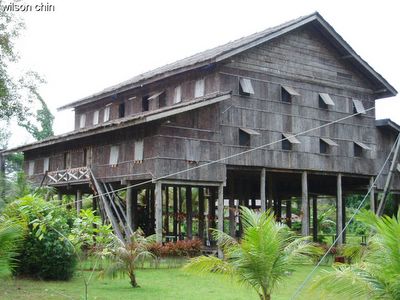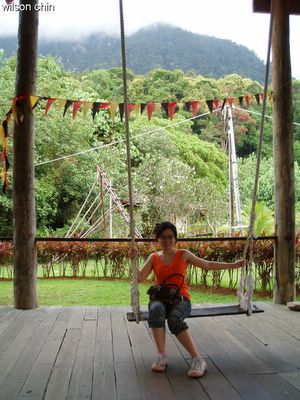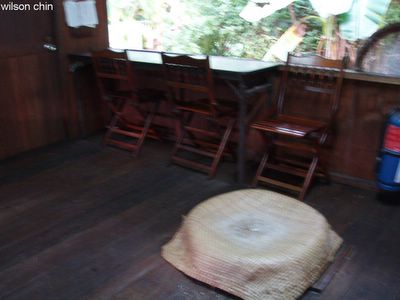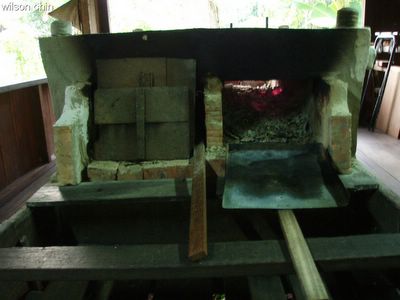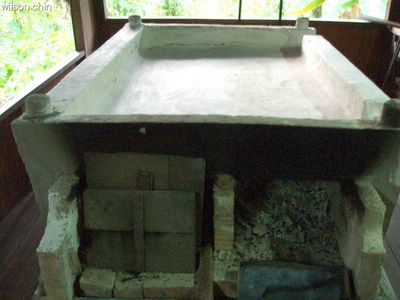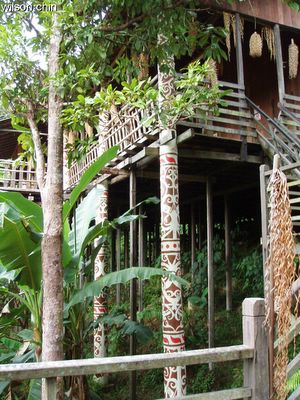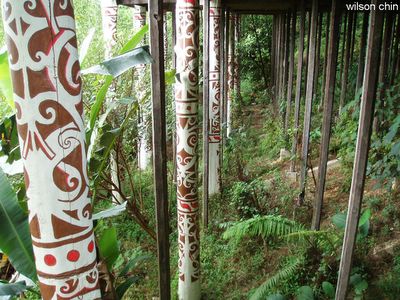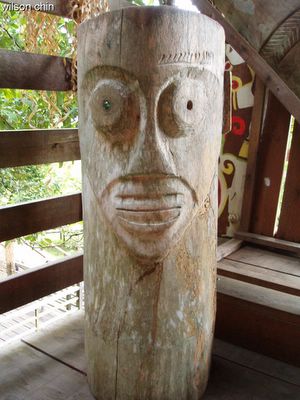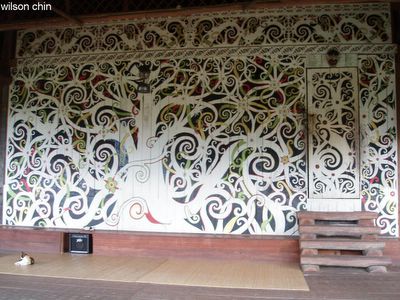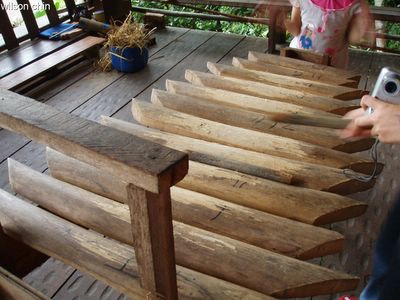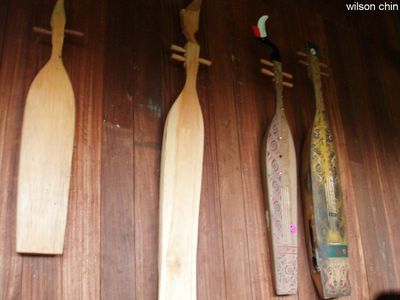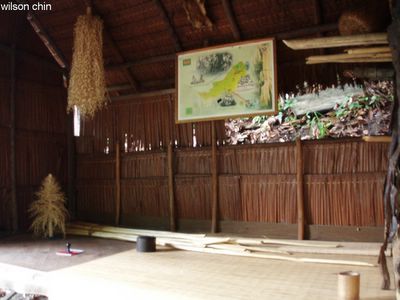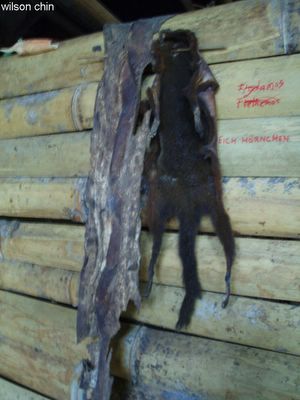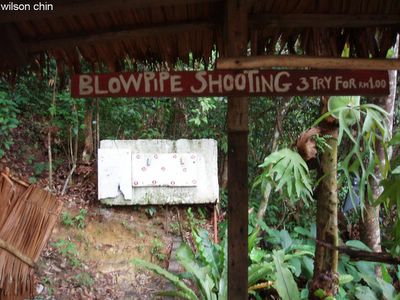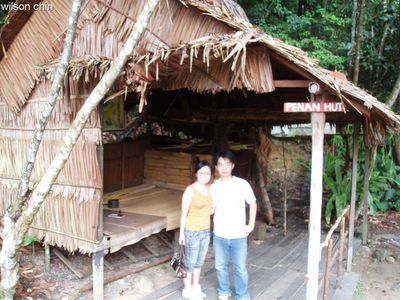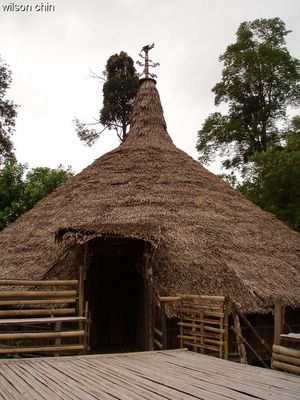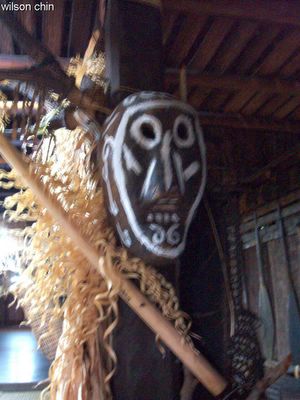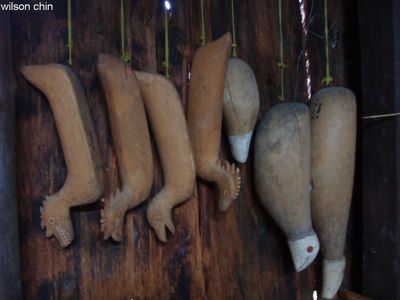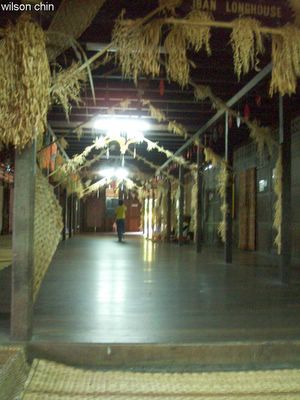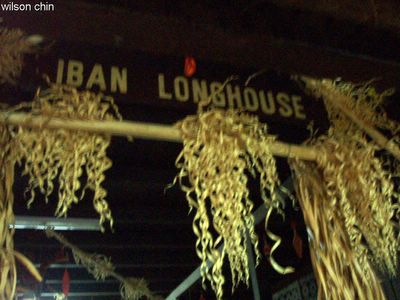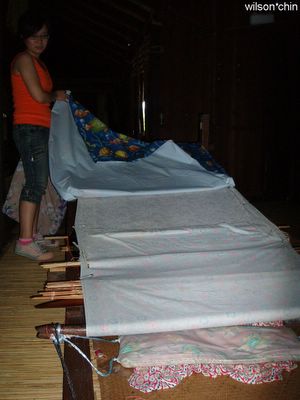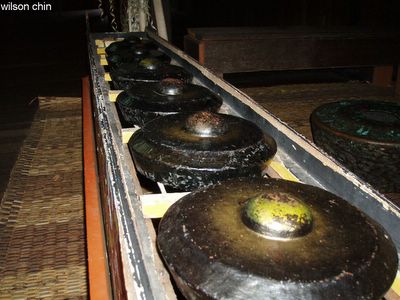My last stop is the Chinese people. When the Chinese first come to Sarawak most of them are farmer, they grow white paper, coco, and vegetables. The Chinese are very hardworking, and very good in doing business. So that’s why until today Chinese are still very calculative.
Chinese like red, red means good luck, and it can scare away the demons. Some of the Chinese did put antithetical couplet on both side of the main door, this is to hope to get a good fortune for the whole year. That day when I visit the cultural village, most of the door was lock. That includes this Chinese home, too bad.
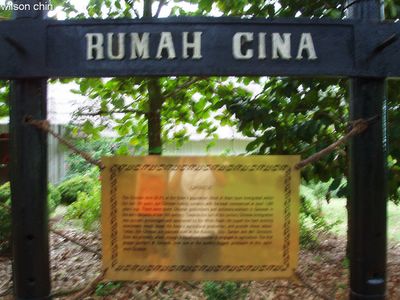
Information on the Chinese culture
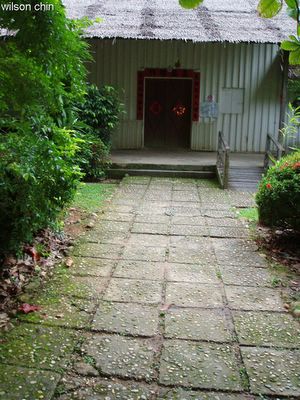
A very old style Chinese house
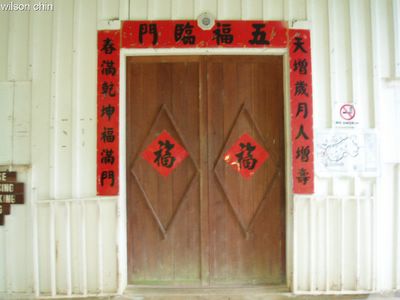
Couplet written in red paper, and stick on both side of the door. And in the middle the word “Fu” means Good Fortune, Blessing, or Happiness.
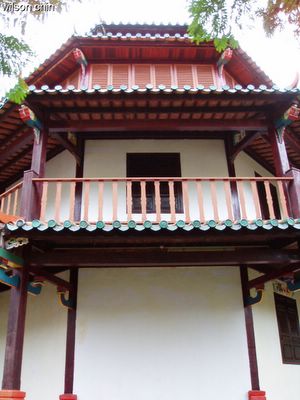
Shrine
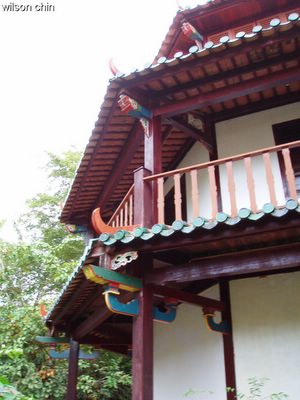
The side view of the Shrine
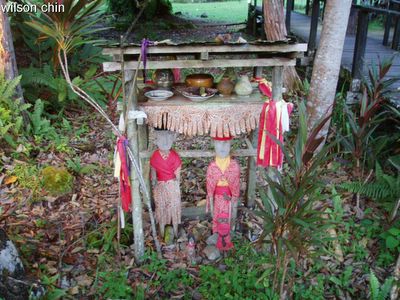
This got nothing to do with the Chinese culture, I spot this when I’m on my way to the movie.
Chinese like red, red means good luck, and it can scare away the demons. Some of the Chinese did put antithetical couplet on both side of the main door, this is to hope to get a good fortune for the whole year. That day when I visit the cultural village, most of the door was lock. That includes this Chinese home, too bad.

Information on the Chinese culture

A very old style Chinese house

Couplet written in red paper, and stick on both side of the door. And in the middle the word “Fu” means Good Fortune, Blessing, or Happiness.

Shrine

The side view of the Shrine

This got nothing to do with the Chinese culture, I spot this when I’m on my way to the movie.

